The Karate Kid Part II: Exploring Okinawa's Cultural Impact
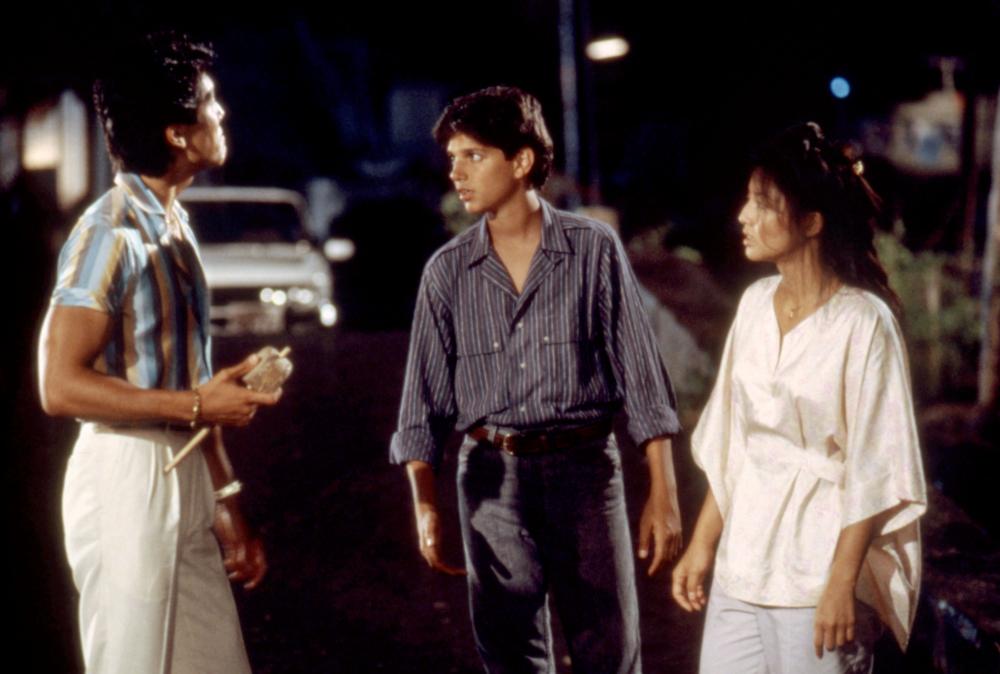
Table of Contents
Okinawan Martial Arts: Beyond Karate
The Karate Kid Part II introduced viewers to the world of Okinawan karate, but it only scratched the surface of this rich martial art tradition. Understanding Okinawa's cultural impact requires appreciating the nuances of its fighting styles and their historical context.
The Nuances of Okinawan Karate
While the film showcases karate, it doesn't delve deeply into the specific styles practiced in Okinawa. Okinawan karate differs significantly from other karate styles, emphasizing self-defense and spiritual discipline over aggressive competition.
- Specific Okinawan Styles: Although the film doesn't explicitly name specific styles, elements of Shorin-ryu and Goju-ryu, two prominent Okinawan karate styles, might be visible in Mr. Miyagi's teaching methods.
- Traditional Practice vs. Film Portrayal: The film simplifies the rigorous training involved in mastering Okinawan karate. Traditional practice involves years of dedicated study, encompassing physical conditioning, technical skill, and mental discipline.
- Respect and Discipline: The film highlights the importance of respect for elders and instructors, a core value within Okinawan martial arts tradition. This emphasis on discipline and respect extends beyond the dojo, shaping Okinawan society and cultural values.
Kobudo and Traditional Weapons
Okinawan kobudo, the study of traditional Okinawan weapons, is largely absent from The Karate Kid Part II. This omission diminishes the complete picture of Okinawa's martial arts heritage.
- Okinawan Weapons: Kobudo encompasses a wide array of weapons, including the sai (three-pronged fork), bo (staff), and nunchaku (two sticks connected by a chain). These weapons weren't merely tools of combat but also symbols of Okinawan history and cultural identity.
- Historical Significance: The development of kobudo was intrinsically linked to Okinawa's history and its unique relationship with Japan and other East Asian powers. The weapons often reflected Okinawa's need for self-defense in times of conflict and political upheaval.
- Kobudo's Omission: The lack of kobudo in the film unfortunately reduces the understanding of Okinawan martial arts' comprehensive nature, an important aspect of Okinawa's cultural impact.
Okinawan Traditions and Customs Depicted in the Film
Beyond martial arts, The Karate Kid Part II offers glimpses into various facets of Okinawan life, showcasing the island's rich traditions and customs.
The Portrayal of Family and Community
The film emphasizes strong family ties and community bonds, reflecting deeply held Okinawan values.
- Respect for Elders: The film portrays a strong respect for elders, emphasizing their wisdom and experience within the family structure.
- Family Dynamics: The film portrays a close-knit family unit, highlighting the importance of collective responsibility and mutual support.
- Modern Okinawan Family Life: While the film offers a somewhat idealized view, the importance of family and community continues to be a central aspect of Okinawan life today.
Okinawan Music and Dance
The film's soundtrack and visuals incorporate traditional Okinawan music and dance, creating an immersive cultural experience.
- Specific Elements: While not explicitly named, the film likely uses traditional Okinawan instruments like the sanshin (three-stringed instrument) and features dance styles reflecting Okinawan traditions.
- Atmospheric Significance: The use of Okinawan music and dance enhances the film's atmosphere, conveying a sense of tranquility and cultural richness.
- Authenticity: The level of authenticity in the portrayal of Okinawan music and dance in the film is an area for further discussion.
Okinawan Cuisine and Everyday Life
The Karate Kid Part II provides a visual representation of Okinawan cuisine, daily life, and traditional architecture, albeit briefly.
- Okinawan Dishes: The film might show glimpses of traditional Okinawan dishes, highlighting the use of local ingredients and culinary traditions.
- Daily Life and Architecture: The visual depiction of everyday life in Okinawan villages, possibly featuring traditional Ryukyu architecture, offers a glimpse into the island's lifestyle.
- Impact of Depictions: Even limited glimpses into daily life and cuisine add to the overall cultural impact, influencing viewers' perception of Okinawan culture.
The Lasting Impact: Okinawa's Cultural Legacy through the Film
The Karate Kid Part II's portrayal of Okinawan culture, despite its limitations, undeniably left a mark.
Increased Tourism and Cultural Awareness
The film likely contributed, to some degree, to increased tourism to Okinawa and heightened global awareness of its unique culture.
- Global Perceptions: The film's influence on global perceptions of Okinawa is a subject worthy of further study.
- Tourism Impact: While difficult to quantify directly, the film's release might have had a positive effect on tourism numbers to the island.
- Cultural Exchange: The film played a role in promoting cultural understanding and exchange, albeit a limited one.
The Portrayal of Okinawan Identity and Resilience
The film subtly portrays Okinawan identity, emphasizing resilience in the face of historical challenges and cultural preservation efforts.
- Cultural Strength: The narrative showcases a strong sense of cultural identity and a desire to preserve traditions.
- Okinawan Resilience: The film touches upon the Okinawan people’s resilience, hinting at their ability to overcome adversity.
- Global Context: The film places Okinawan identity within a global context, showcasing its uniqueness and value.
Conclusion
The Karate Kid Part II successfully transported audiences to Okinawa, offering a glimpse into its rich culture and traditions. While not without its cinematic liberties, the film’s portrayal of Okinawan martial arts, customs, and daily life significantly impacted global perceptions of the island. By showcasing Okinawan identity and resilience, the film contributed to increased tourism and a greater understanding of Okinawa's cultural impact. Further exploration of Okinawan history and culture is encouraged to fully appreciate the depth and richness of this unique island and its enduring legacy. Learn more about Okinawa's cultural impact and discover the beauty and significance of this remarkable place.

Featured Posts
-
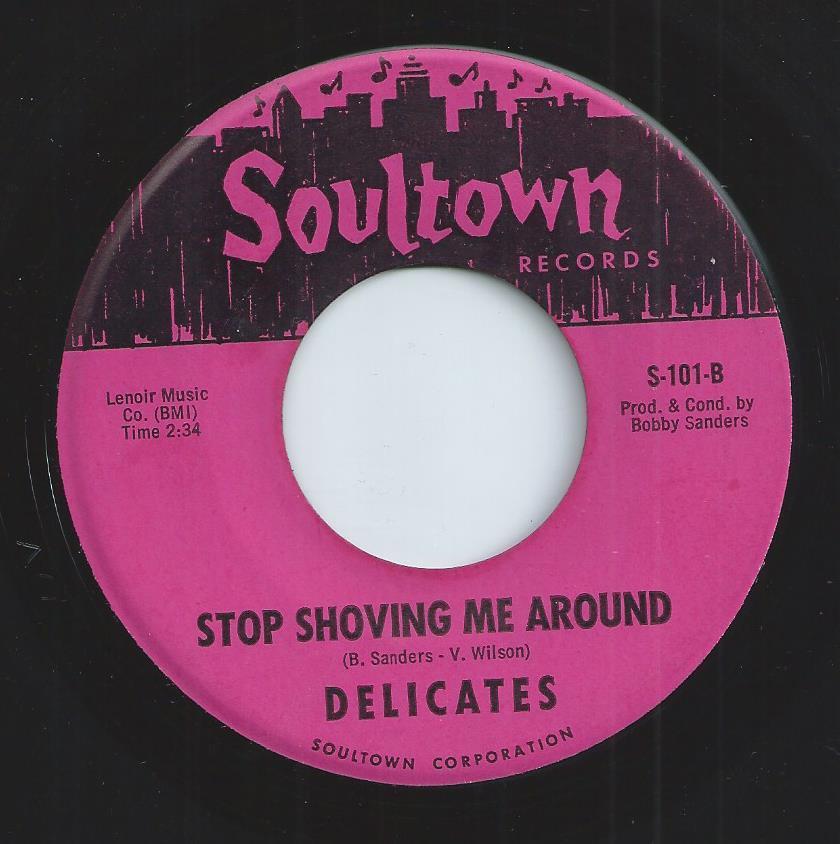 Edwards Lakers Center Shoving Match Details And Fallout
May 07, 2025
Edwards Lakers Center Shoving Match Details And Fallout
May 07, 2025 -
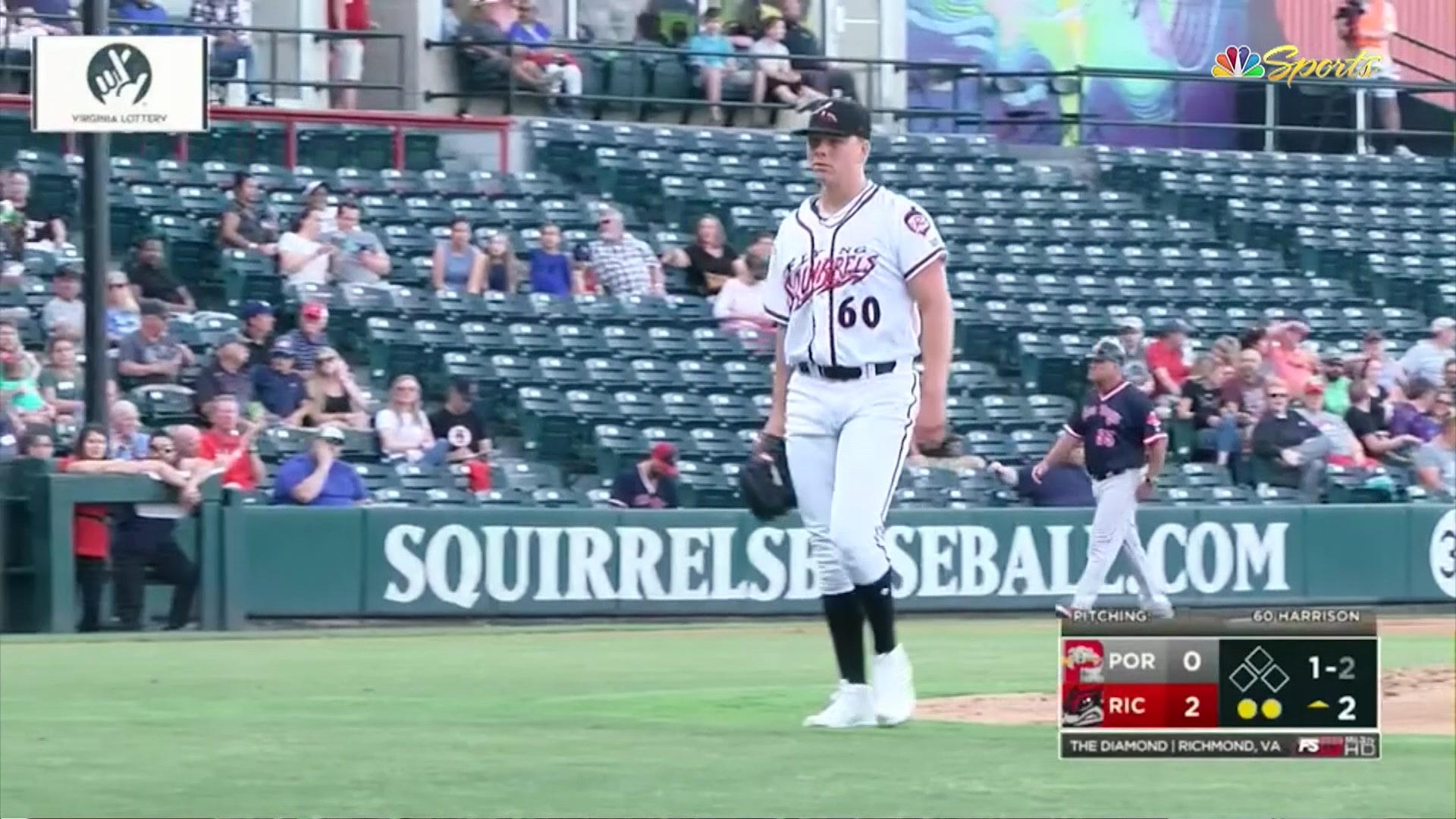 San Francisco Giants Excited By Kyle Harrison And Carson Whisenhunts Performances
May 07, 2025
San Francisco Giants Excited By Kyle Harrison And Carson Whisenhunts Performances
May 07, 2025 -
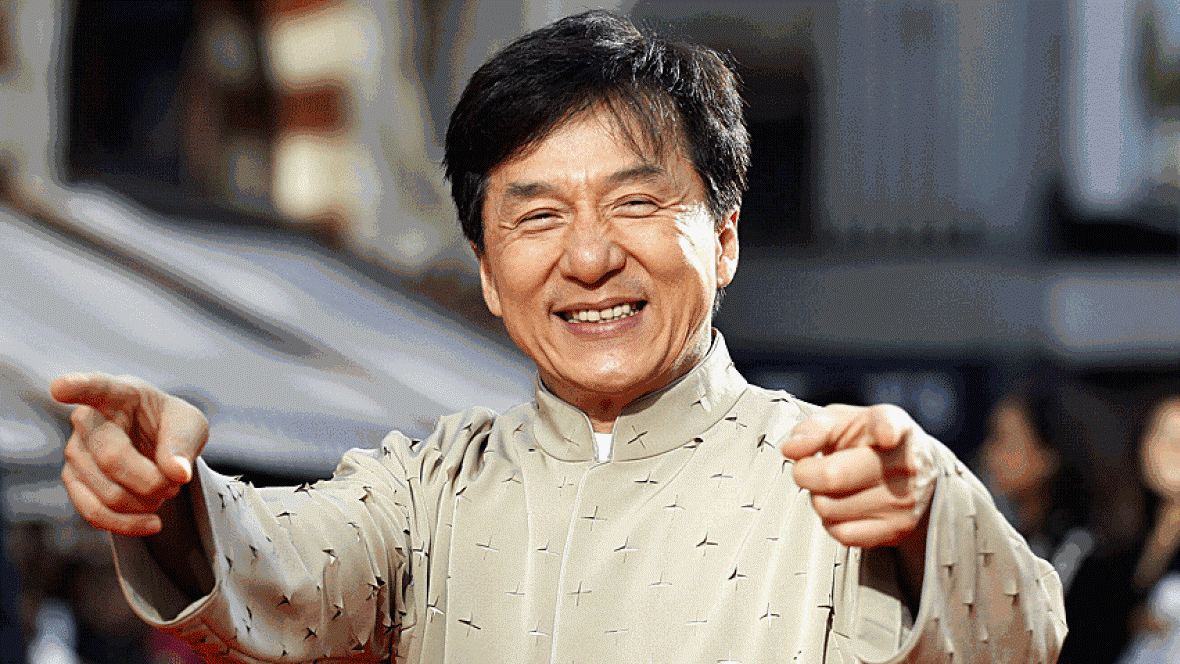 Dzheki Chan Na 71 Pogled Km Zhivota I Tvorchestvoto Na Aktora
May 07, 2025
Dzheki Chan Na 71 Pogled Km Zhivota I Tvorchestvoto Na Aktora
May 07, 2025 -
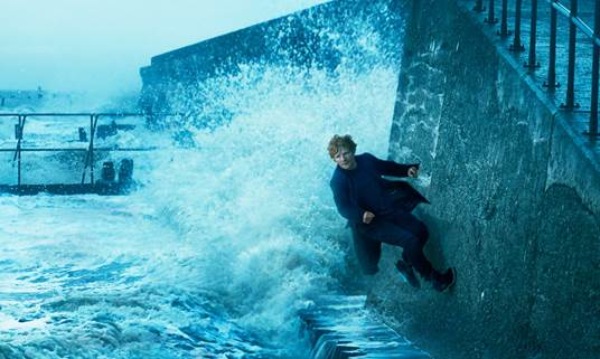 Nay Golemite Khitove Na Ed Shiyrn Vliyanieto Na Riana
May 07, 2025
Nay Golemite Khitove Na Ed Shiyrn Vliyanieto Na Riana
May 07, 2025 -
 El Regreso De Lewis Capaldi A Wwe Smack Down Superacion Y Musica
May 07, 2025
El Regreso De Lewis Capaldi A Wwe Smack Down Superacion Y Musica
May 07, 2025
